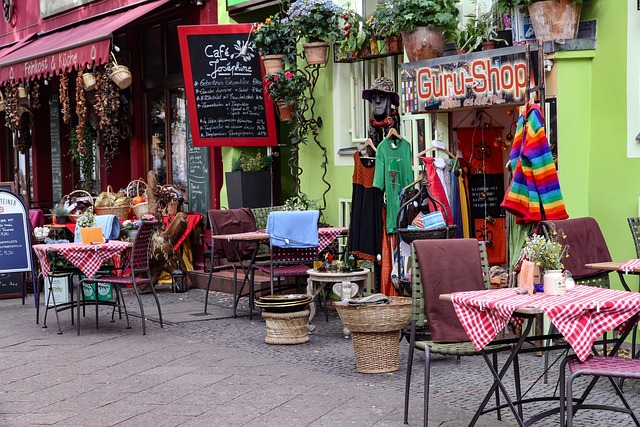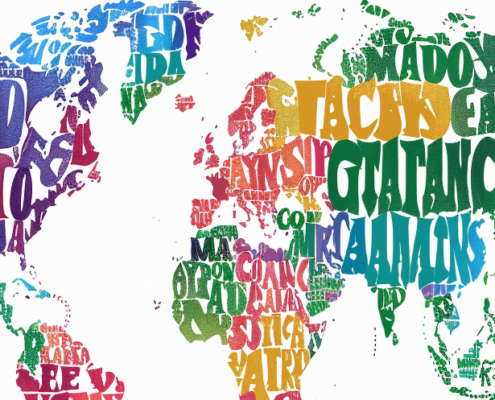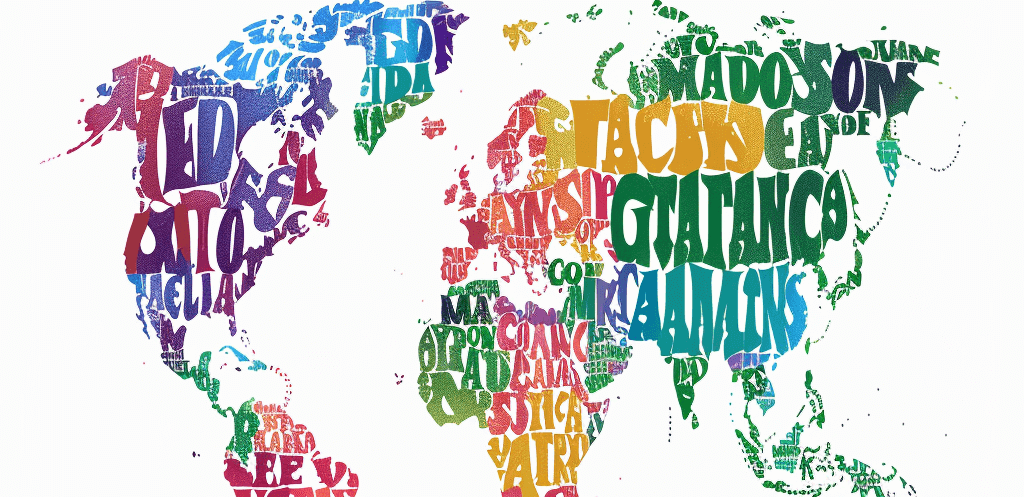Shop Translation with AI: What You Need to Know to Succeed in Germany
For many international e-commerce companies, Germany is one of the most appealing target markets: It’s large, economically stable, digitally advanced, and full of purchasing power. With the help of AI, translating your online shop has never been easier or more affordable – a huge opportunity for scalable growth.
But here’s the catch: Fully automated translation can lead to costly mistakes. Cultural expectations, legal requirements, and SEO considerations must be part of the strategy from day one. This article outlines what you need to consider when localizing your shop for Germany using AI.
What makes the German market so valuable?
Germany is not only centrally located in Europe, but also economically resilient and tech-savvy. Online shopping is part of everyday life, making the country a high-potential space for global e-commerce brands.
Here are some key figures to keep in mind:
- Over 85 million residents, with around 82% shopping online (Statista)
- The German e-commerce market reached over €100 billion in 2024
- Amazon.de is the second-largest Amazon marketplace in the world, after amazon.com
- German consumers value price-performance, credibility, and data privacy
For many, Germany seems like a digital goldmine – but those who misjudge the market quickly run into trouble. A recent example illustrates this well.
Case Study: Oda’s spectacular failure in Germany
In early 2023, Norwegian grocery delivery startup Oda entered the Berlin market – only to exit just three and a half months later. What went wrong?
Officially, the company cited “the current financial climate” as the reason. But insiders pointed to a more fundamental issue: Oda’s localization strategy missed the mark. Instead of positioning itself clearly, the brand’s marketing campaign tried to explain to Berliners what an online supermarket is – in a city saturated with years of delivery service ads and discount codes. The message fell flat, the brand lacked distinction, and consumers weren’t interested.
Understanding German consumer culture
Localization is about much more than translation. To succeed in Germany, you need to understand the people, their expectations, and tailor both your offer and messaging accordingly.
Here are three characteristics that define German shoppers:
- Facts over fluff: Germans are wary of marketing hype. Bold claims and excessive enthusiasm don’t work nearly as well as clear, factual communication with real benefits.
- Trust matters: Independent certifications and reviews carry weight. Institutions like Stiftung Warentest (a respected German consumer testing organization), Trusted Shops, and Öko-Test influence purchase decisions.
- Privacy is non-negotiable: Germans are extremely protective of their personal data. The term “Datenkrake” (“data octopus”) is widely used to describe companies like Google. If customers don’t trust your data handling, they won’t buy.
Understanding these cultural nuances is key to building a sustainable presence in Germany. Next, let’s look at tools that can help you translate your shop efficiently.
Tools to translate your online store
Maybe you already have the occasional German visitor on your site. One thing’s for sure: If you speak their language, your chances of conversion increase dramatically. Thankfully, several tools now make it easy to translate entire online shops.
Weglot is a cloud-based solution that integrates with platforms like Shopify, WooCommerce, and BigCommerce. It automatically translates navigation, product pages, and meta data. Pros: Fast setup and built-in SEO features. Cons: Needs manual editing for high-quality or brand-sensitive content.
Langify is a Shopify-specific app that relies on manual input. It’s ideal for brands wanting full control over their messaging. Pros: High-quality, human translations. Cons: Slower and more labor-intensive.
ConveyThis combines machine translation with SEO tools and user-friendly management. It supports many platforms and is great for fast rollouts. Pros: Multilingual support and quick implementation. Cons: Not suitable for complex localization needs without human oversight.
What to watch out for when using AI translation
AI is a powerful tool – especially when you’re managing hundreds or thousands of SKUs that require frequent updates. But it’s not plug-and-play. Here’s what you should consider:
- Some content should not be automated: Product specs and technical info? Great. Taglines, headers, and emotional copy? Not so much. AI lacks the cultural nuance needed to create persuasive, on-brand messaging.
- You still need human quality control: AI can handle the first draft, but without professional review and editing, you risk sounding robotic, off-brand, or even misleading. A clearly defined workflow is essential.
- Don’t forget SEO: Machines translate words, not intent. Keyword research in German, and optimizing meta data, alt texts, and hreflang tags are crucial if you want visibility on Google.de.
Best practices for scaling localization with AI
Once you’ve set up a smart workflow, localization can become a lean, repeatable process. Here are some best practices:
- Prioritize content: Focus first on high-impact pages like your homepage, top-selling products, and category descriptions.
- Create a glossary and style guide: Ensure consistent terminology and tone across your content.
- Use AI where it makes sense: Tools like Weglot and Langify are great starting points, but define which content requires human review.
- Have experts review your most important copy: Especially anything that influences trust or brand image.
- Build in QA checks: Create a feedback loop for continuous improvement.
- Document your workflow: Who does what, when, and with which tools? Clear documentation saves time and keeps quality high.
To summarize: Germany offers massive potential for international e-commerce brands – if you understand how Germans think and speak. Translating your shop with AI is a smart, cost-effective move, especially for large product catalogs. But as always, the right setup and a human touch make all the difference.
Want to establish a real foothold in the German market, connect with local customers, and grow sustainably? Let’s talk.








